The all-new Nissan Qashqai will be officially revealed on Thursday 18 February, with the brand promising it will "set a new standard for the segment with appealing design, advanced technology and dynamic driving".
The new Qashqai is now official - see it here
The family SUV, which joins a growing number of rivals that have ditched diesel entirely, will be offered with either a mild-hybrid four-cylinder turbocharged engine or the new ePower hybrid system, which makes its European debut.
The first, more conventional offering is an updated version of the 1.3-litre turbo engine found in many current Nissan, Renault and Mercedes models. All versions feature a 12V mild-hybrid system, selected for being more affordable than a 48V set-up, mated to a small lithium ion battery to offer torque assist and improved stop-start functionality.
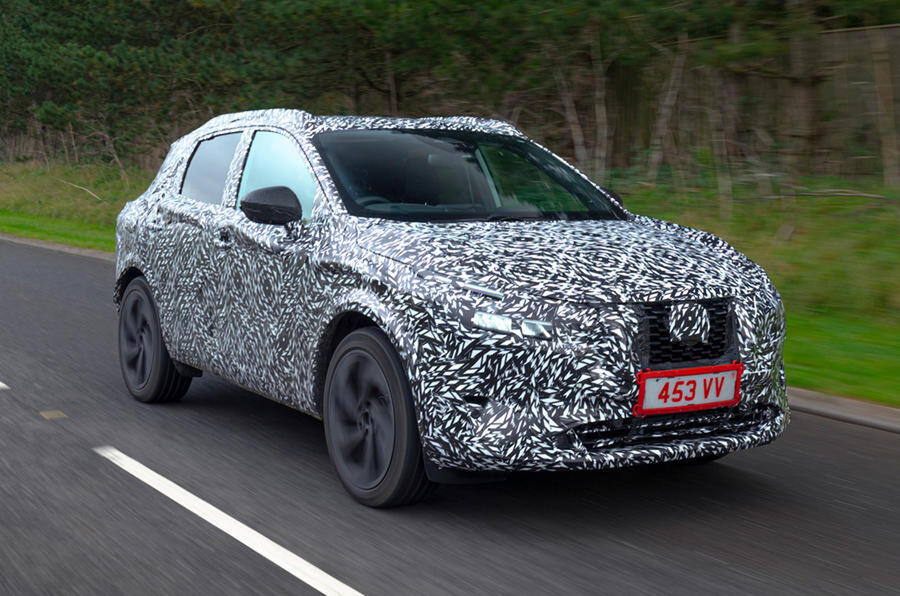
Adding 22kg to the powertrain kerb weight, the mild-hybrid system also offers fuel economy improvements and a claimed 4g/km reduction in CO2, although homologation figures have yet to be provided.
The engine is offered in 138bhp or 156bhp forms, the latter of which can be specified with all-wheel drive. The all-wheel drive system itself is said to be “more intuitive and intelligent”, features five driving modes, and can shift power to the rear wheels five times quicker than the old system.
Either a six-speed manual transmission or (on the more powerful unit) a CVT automatic is offered. Nissan has gone from CVT to dual-clutch and back to CVT in the past few years, but claims the new transmission is more efficient and responsive yet avoids the traditional ‘elastic band effect’ - where the engine revs out of kilter with road speed - thanks to simulated stepped gear ratios.


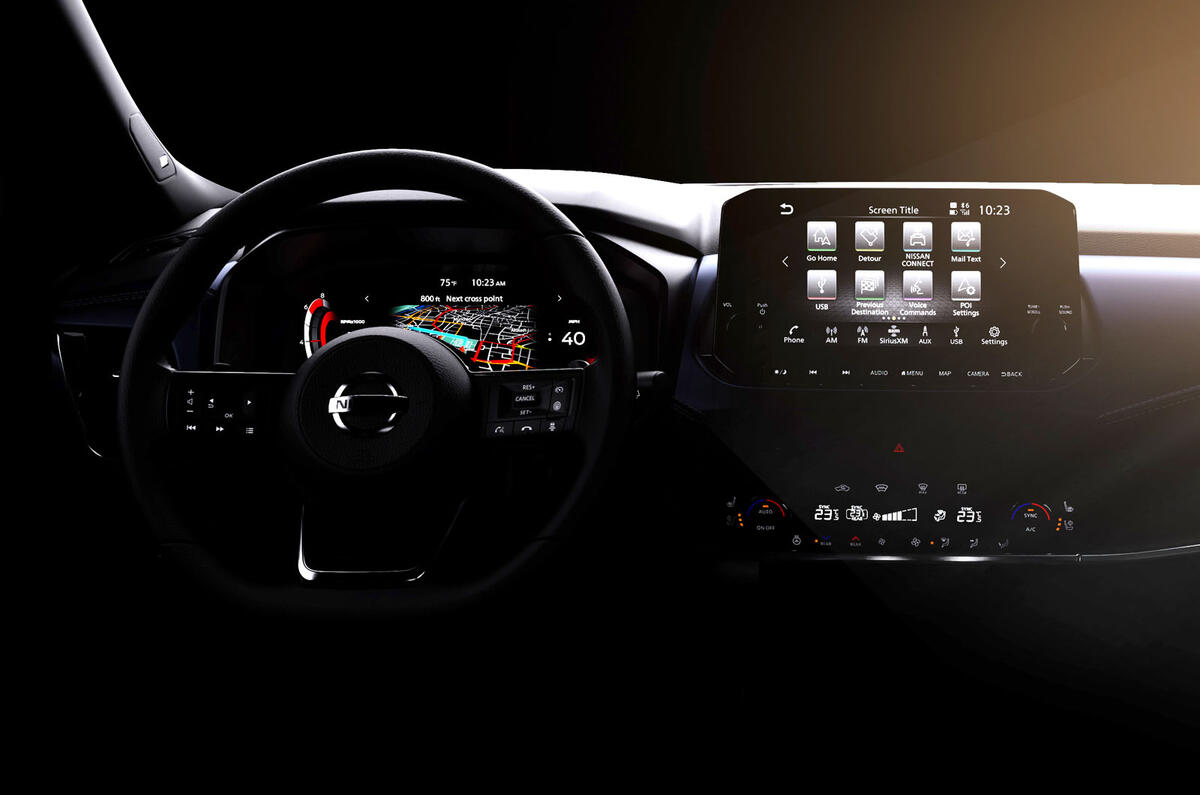
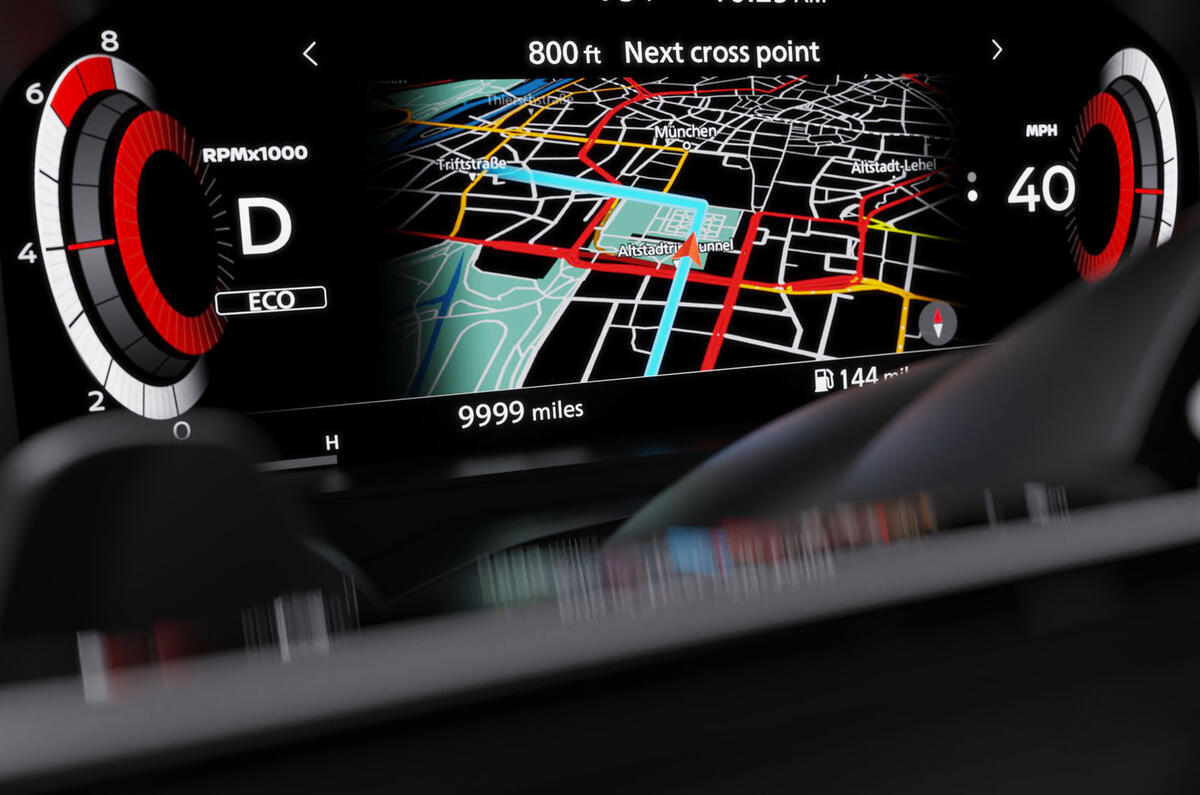

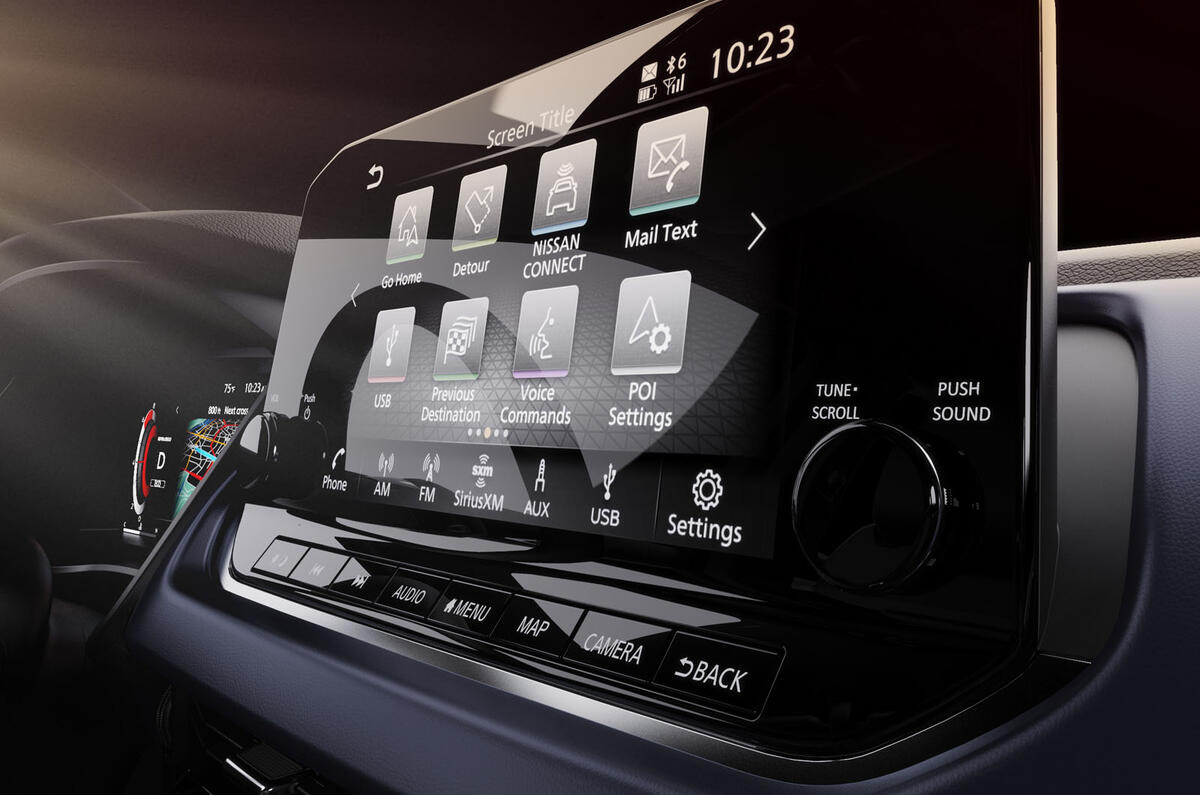
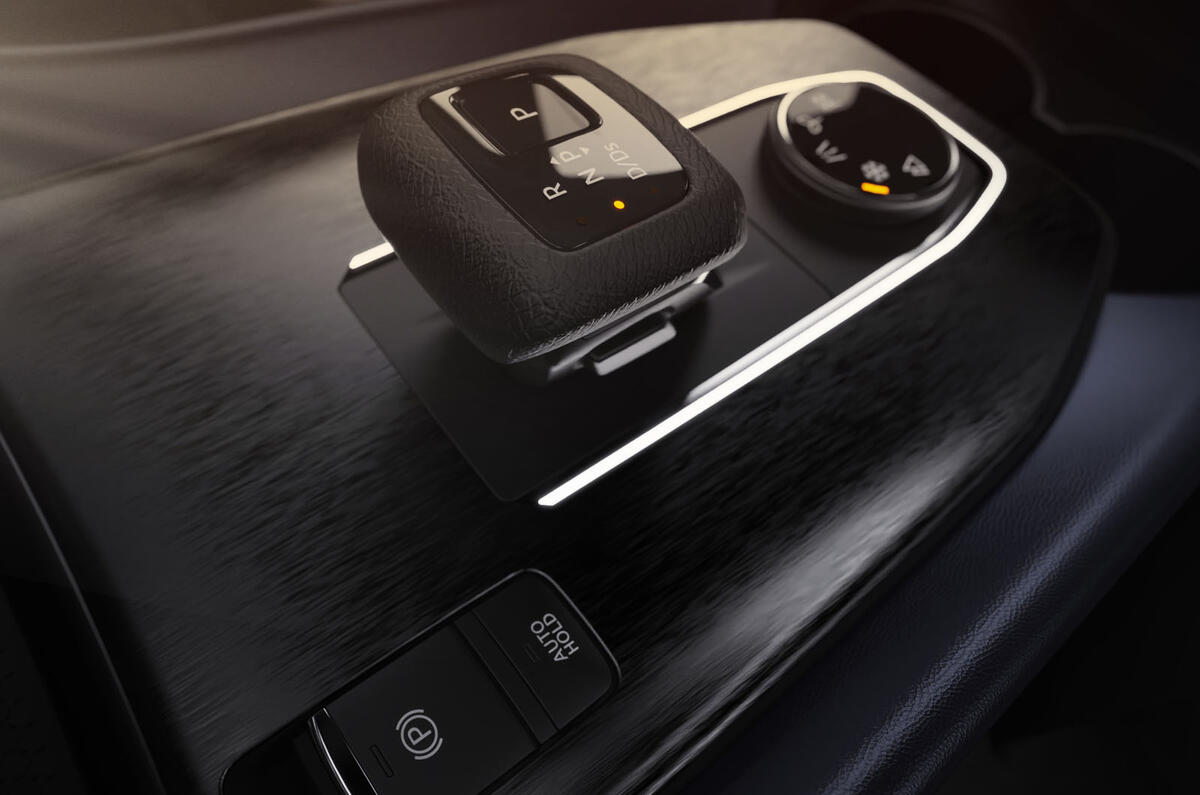
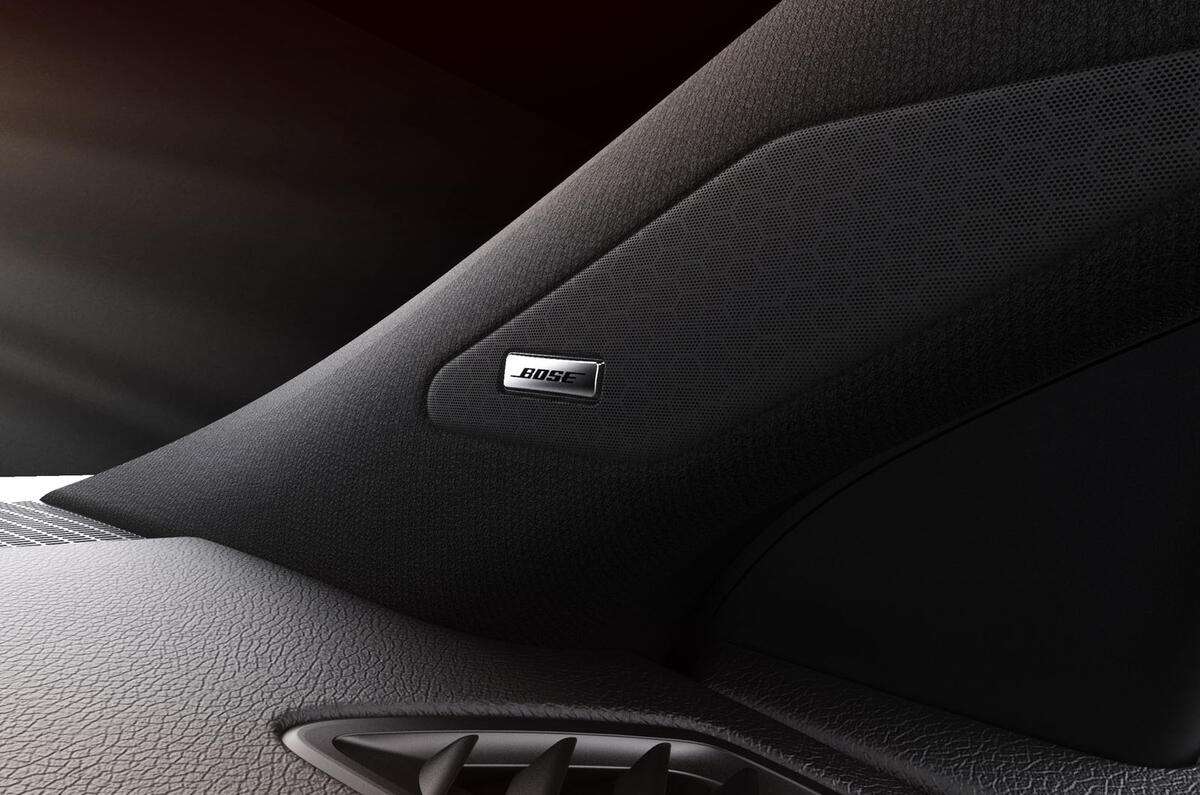
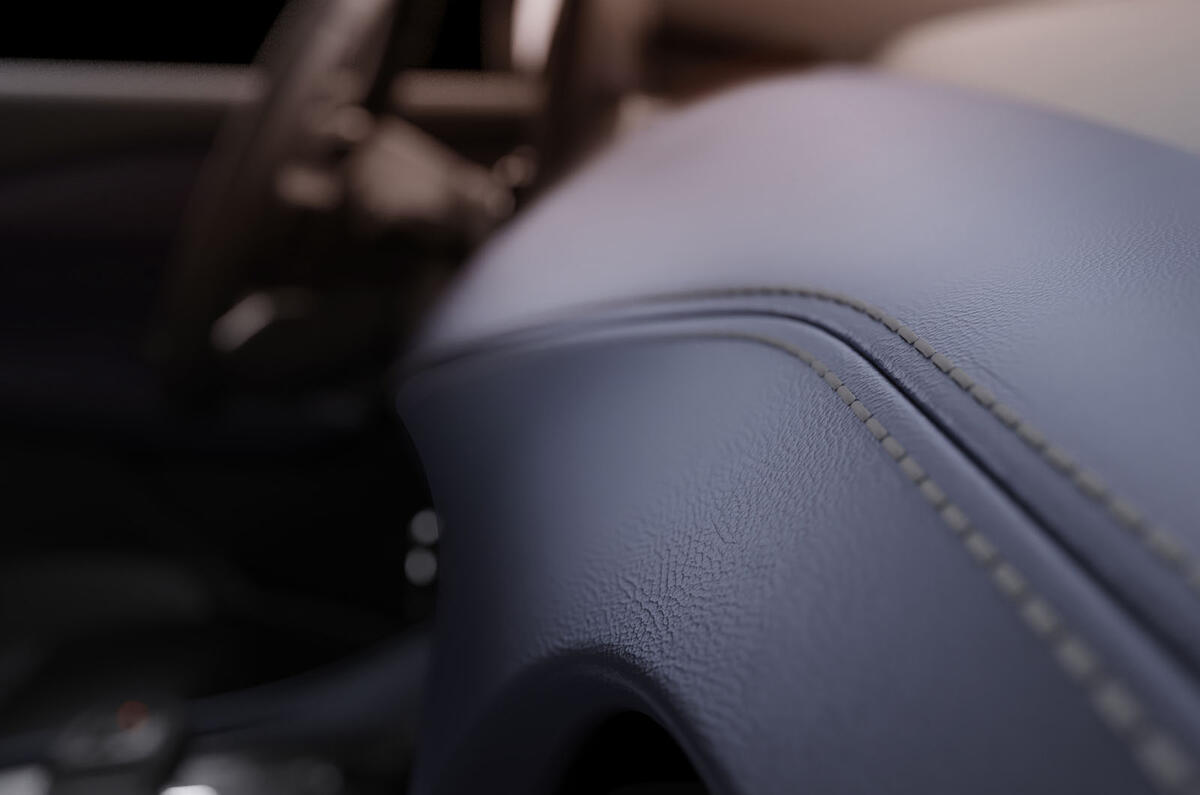
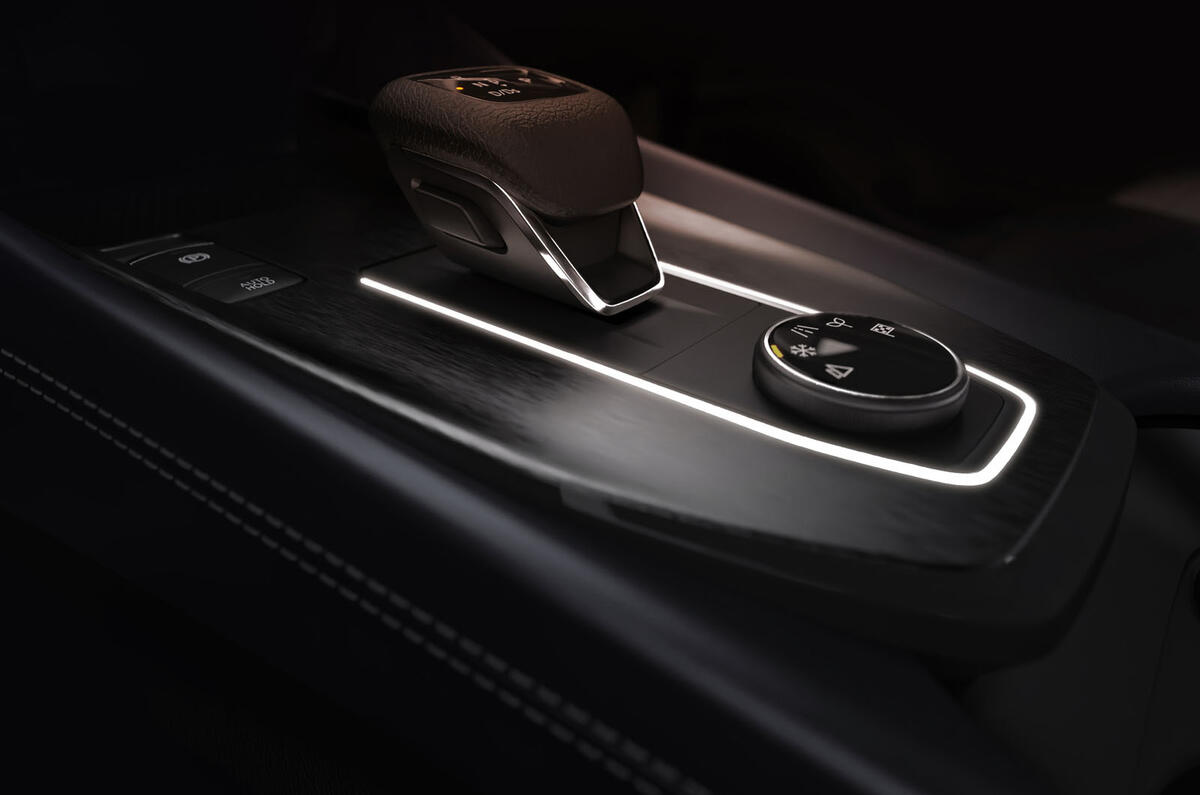
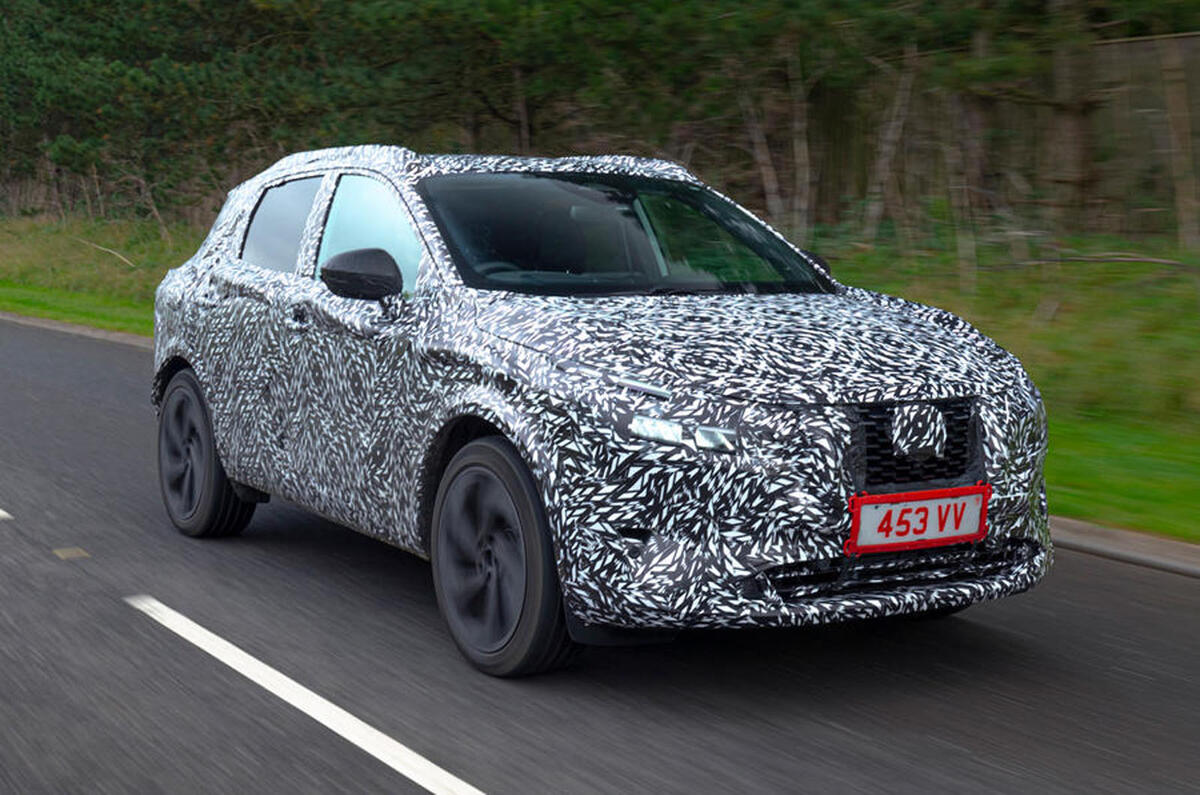
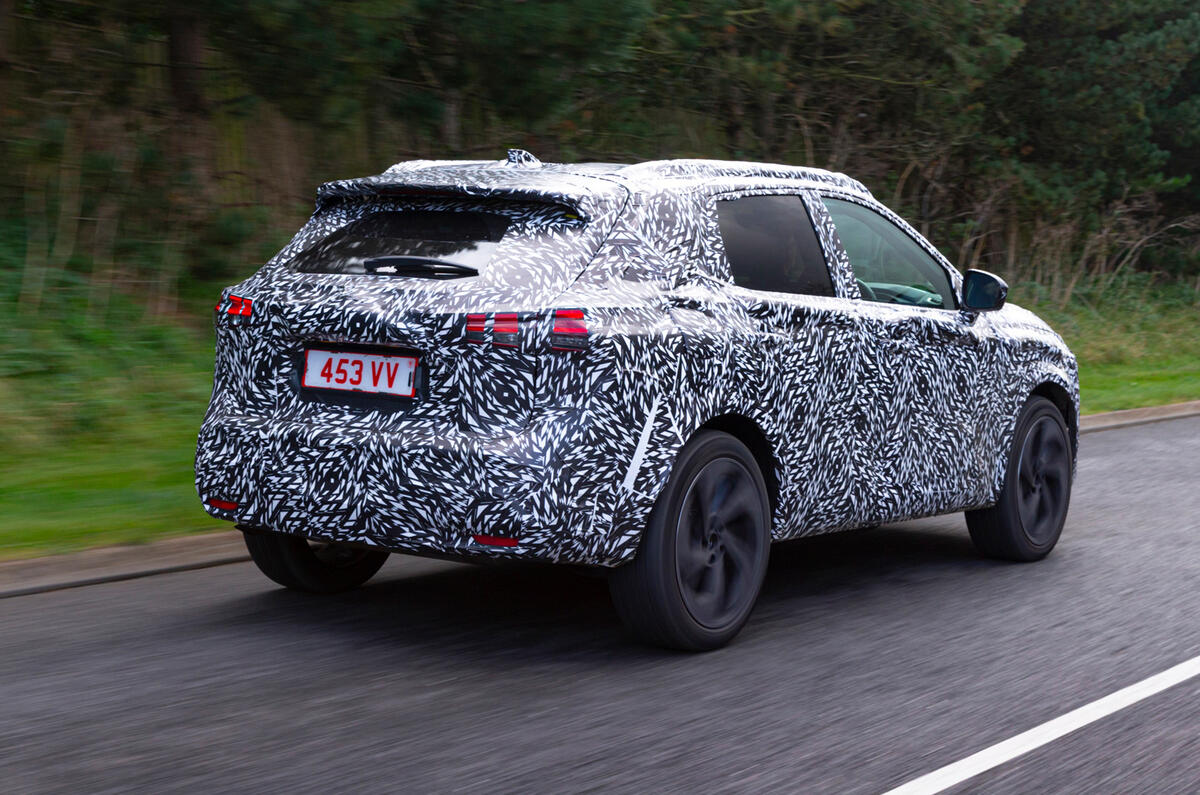
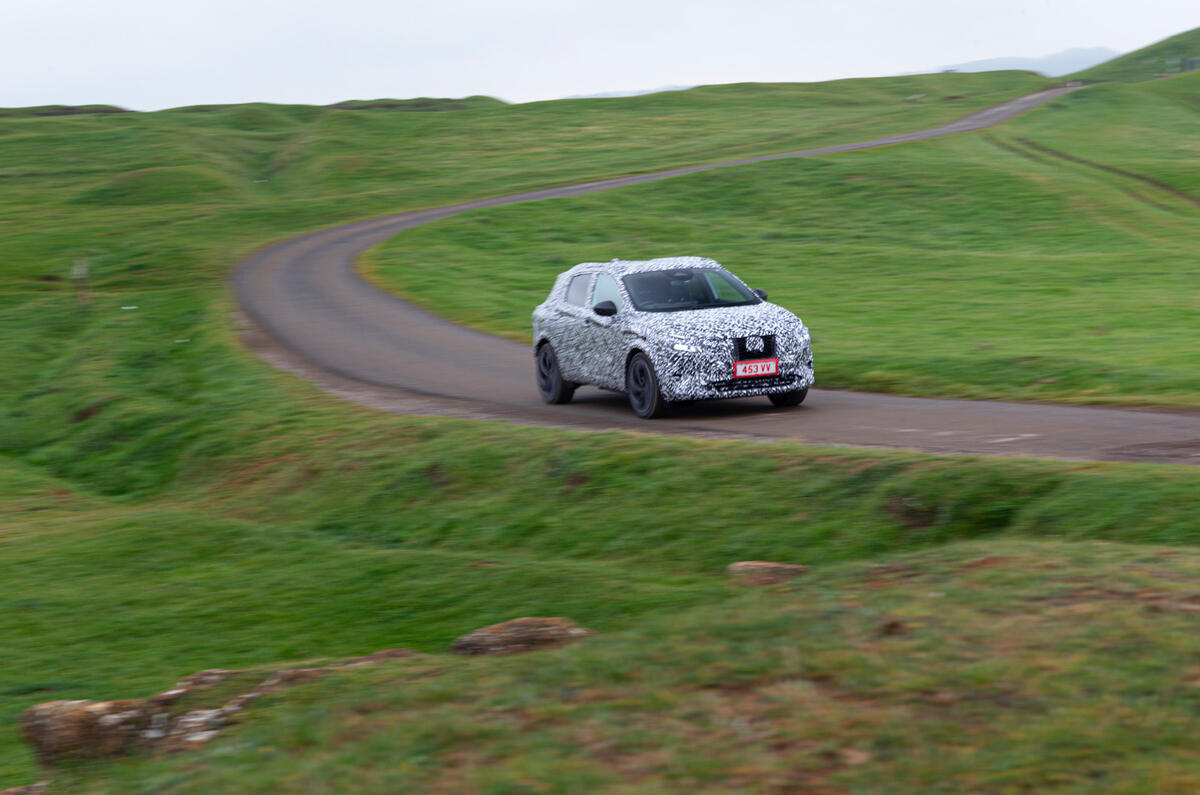


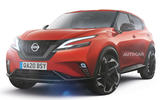

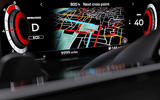
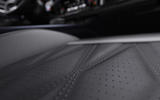
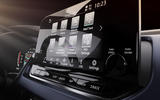
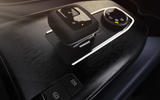
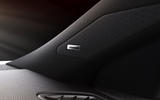

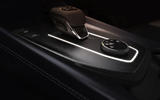
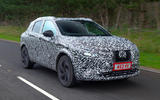
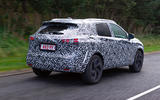

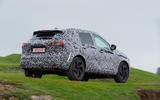


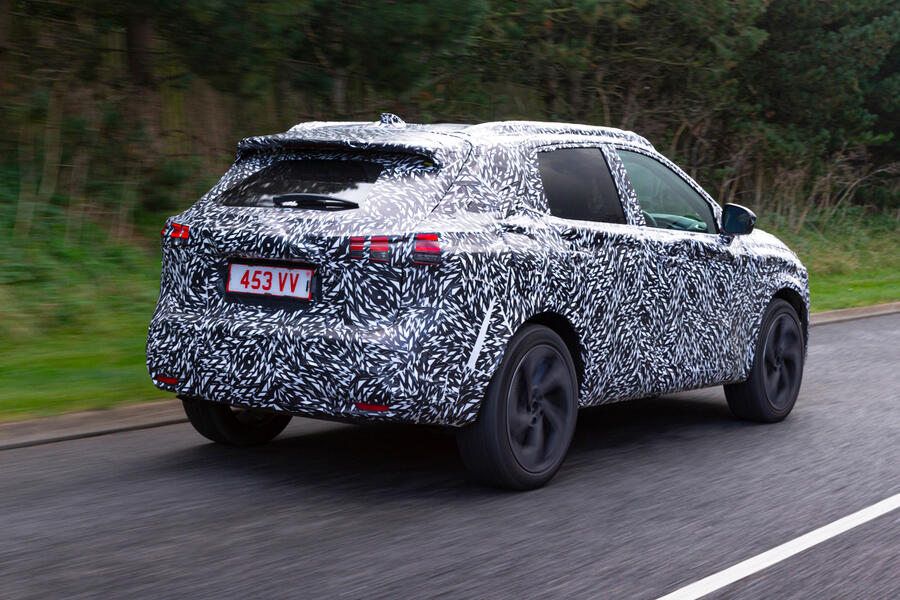
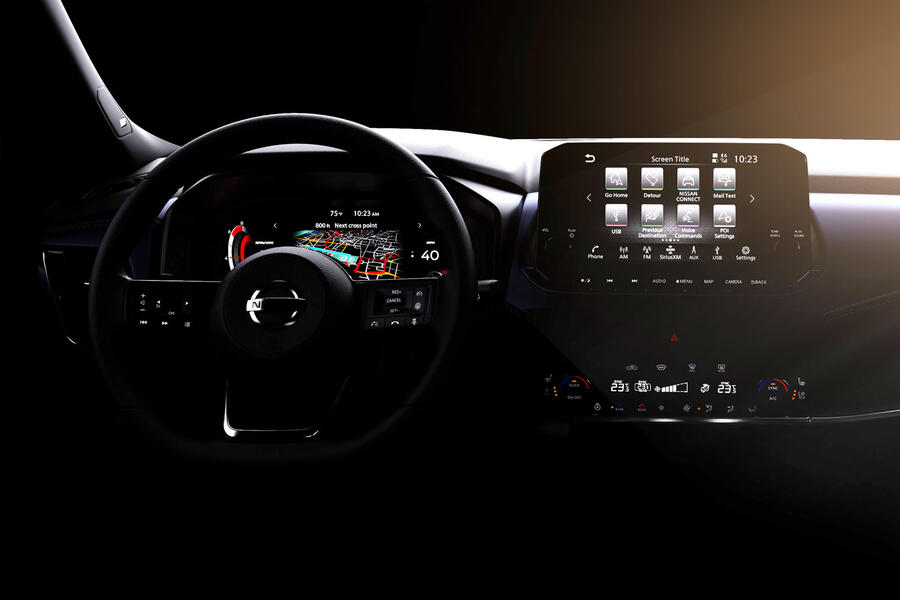


Join the debate
Add your comment
Sounds very good. Buy British!
More hits to the website, which generates more ad revenue. People looking for cars of this type will type in SUV, a more popular term than crossover to the masses. into the computer webs, and voila! Autocar article
Looking good as there will be no phev, bold, brave and I wish it every success against the tax dodger.
Just grow up.
Is that it, your reply just proves how unstable you are.